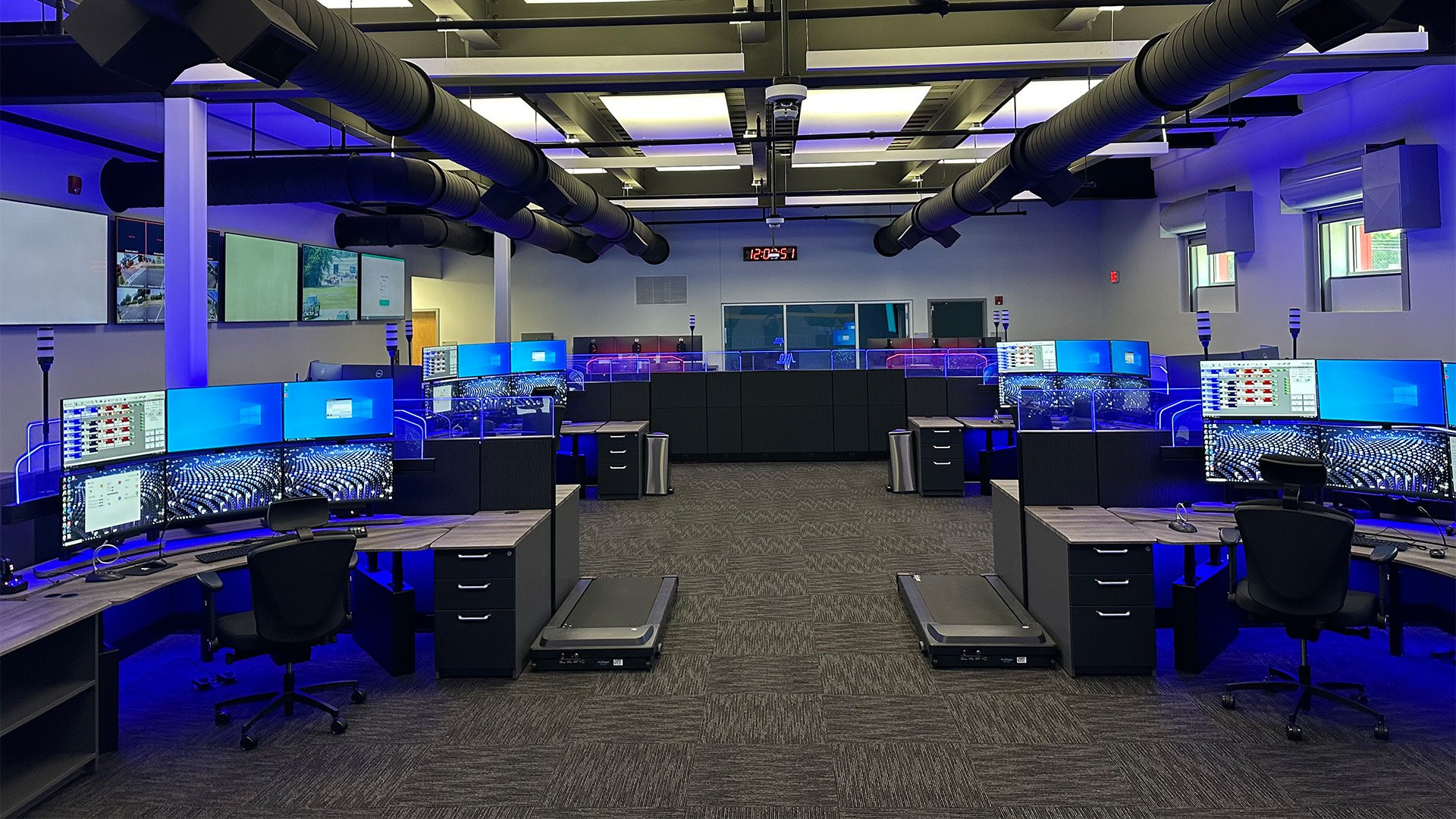 The job of a 911 dispatcher challenges a person’s mental and emotional abilities. It is also a job that requires a person to remain sitting in a chair during most of their shift. This type of job provides only limited opportunities to stand up and move around. Because of this limitation, proper ergonomics for 911 dispatchers is essential. Improper ergonomics can lead to both short and long term physical issues.
The job of a 911 dispatcher challenges a person’s mental and emotional abilities. It is also a job that requires a person to remain sitting in a chair during most of their shift. This type of job provides only limited opportunities to stand up and move around. Because of this limitation, proper ergonomics for 911 dispatchers is essential. Improper ergonomics can lead to both short and long term physical issues.
You may think improper ergonomics is a thing of the past. However, ergonomics still continues to be an issue in today's workplace. According to the US Bureau of Labor Statistics, computer-related injuries cost American employers an average of $135 million every day in Worker’s Compensation costs alone? According to an article in 911 Magazine, it wasn’t long ago that dispatch centers were designed in such a way that dispatchers faced ongoing repetitive motion injuries such as carpal tunnel.
Remember that even if your workstation is properly set up, you can still get muscle fatigue from being in the same position for too long. Be sure to periodically adjust your monitor, keyboard or chair to stay flexible. A good idea would be to alternate throughout the day between sitting and standing at your workstation. Standing is actually the simplest way to reduce sedentary behavior and increase energy. Adding this simple movement is a great way to improve ergonomics and decrease the chances of repetitive motion injuries.
Here are six quick ergonomic tips for 911 dispatchers to help you keep humming along injury free:
Bottom Line If you want to improve your ergonomics - get off your bottom! Movement throughout the day is essential to a healthy, injury free body. Remember, ergonomics means fitting a job to a person, which can help lessen muscle fatigue, increase productivity and reduce the number and severity of work-related injuries. Use these six quick ergonomic tips as small steps to help you stay healthy!


